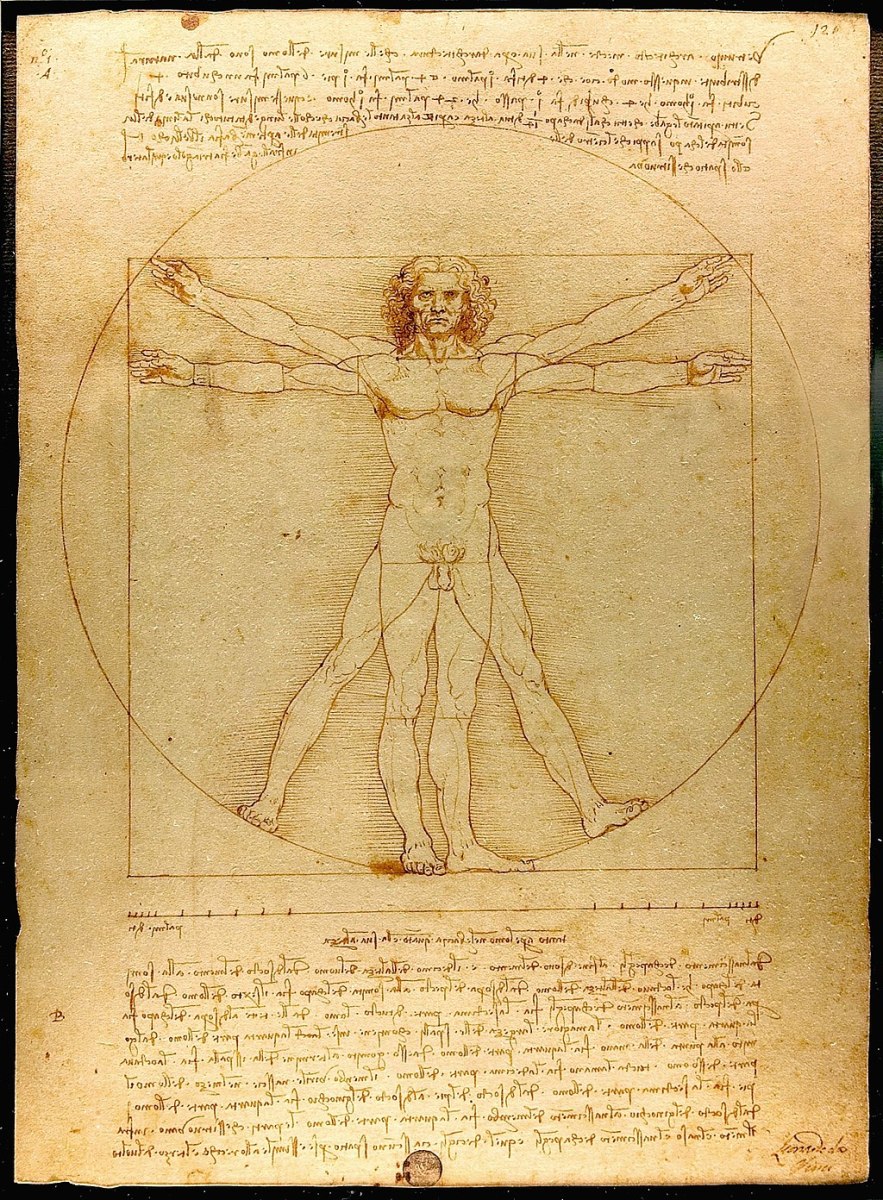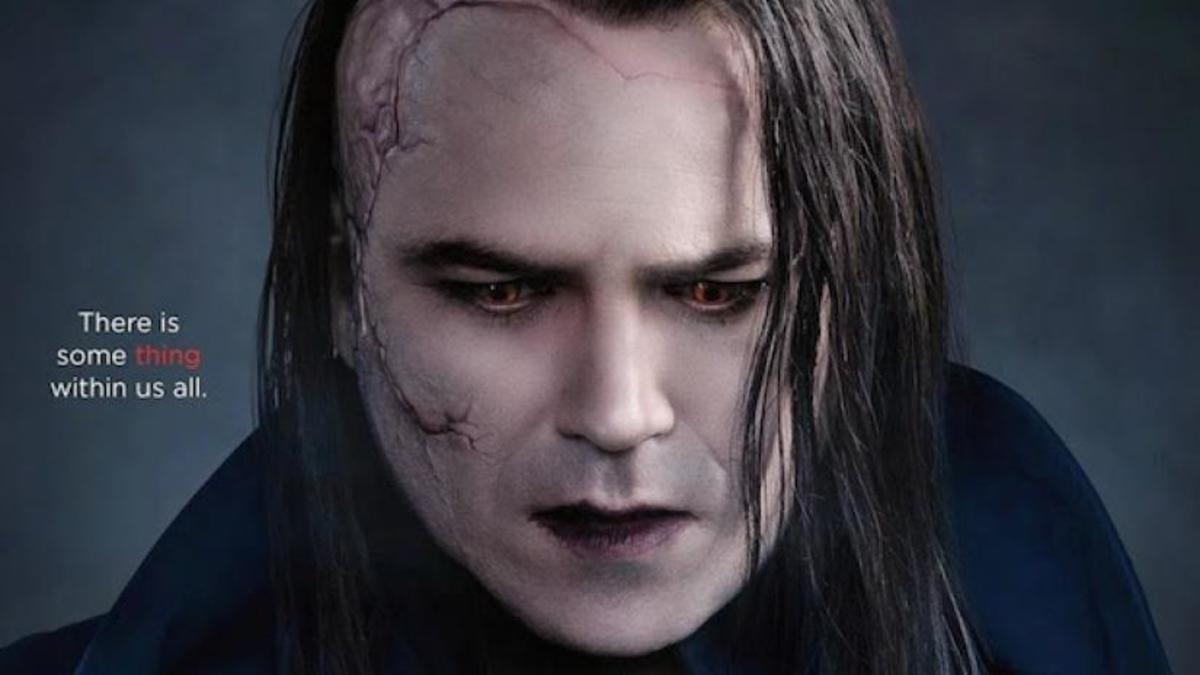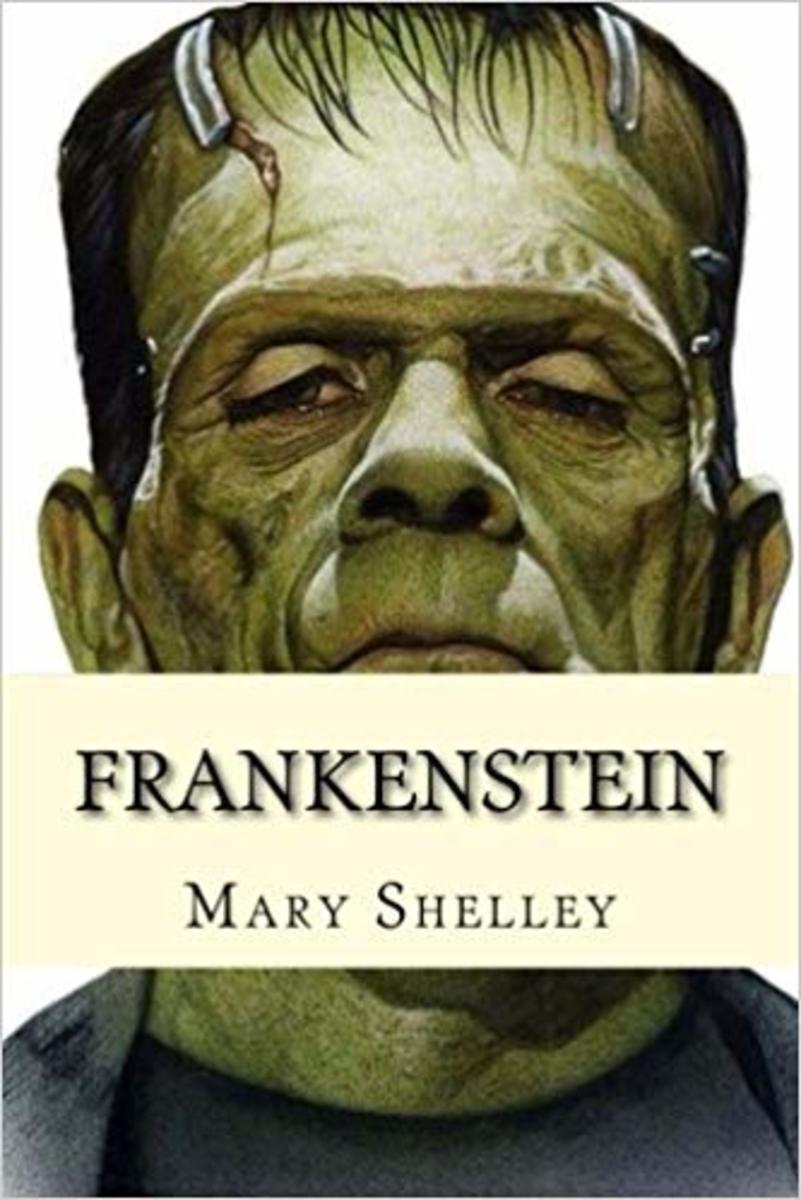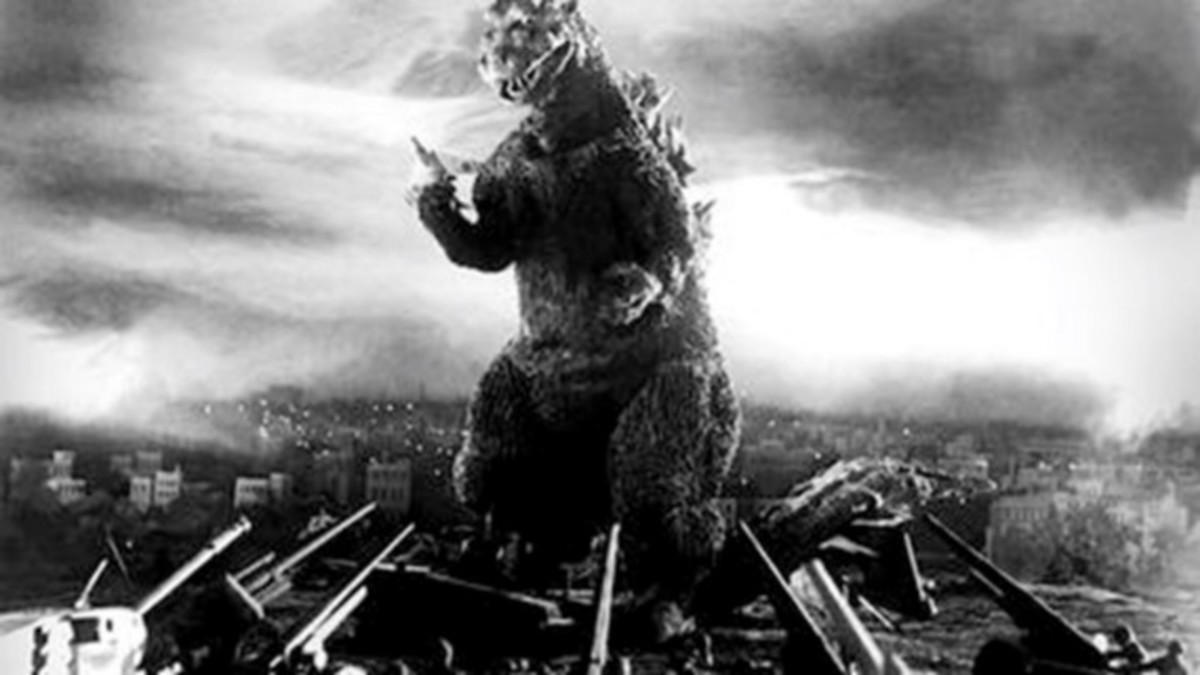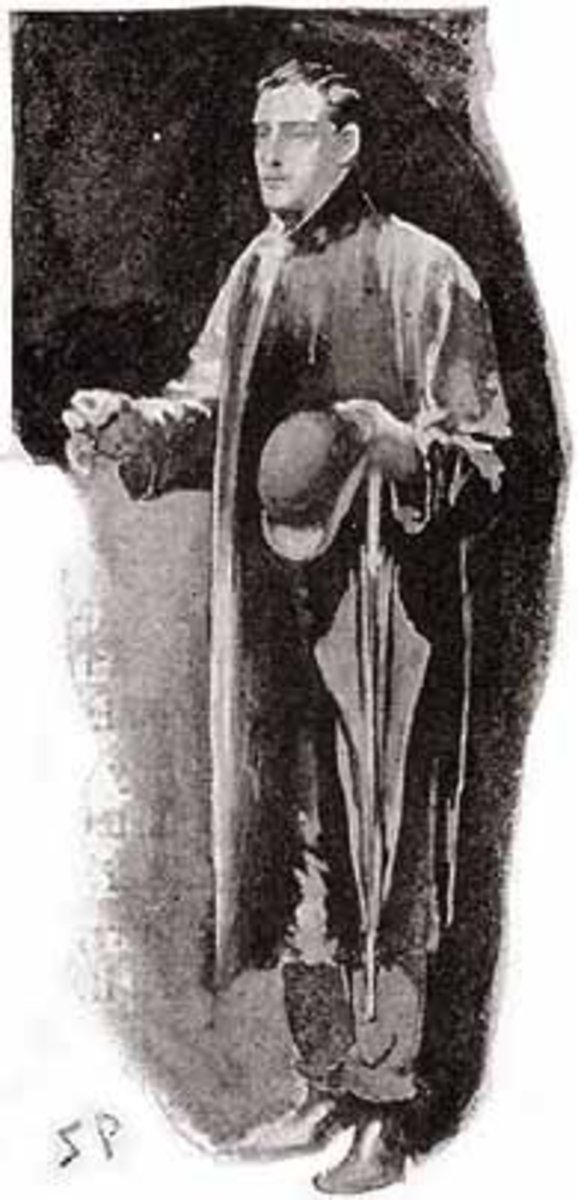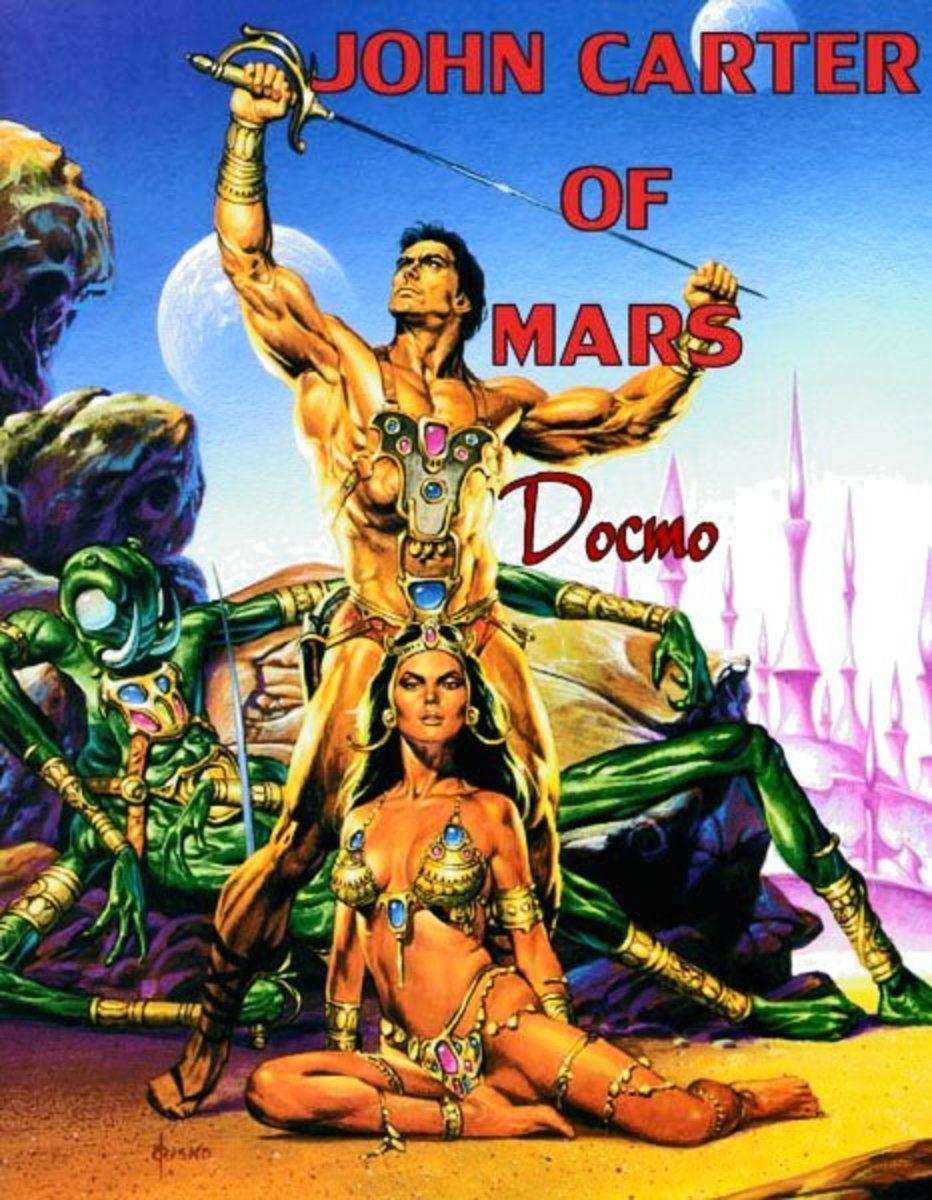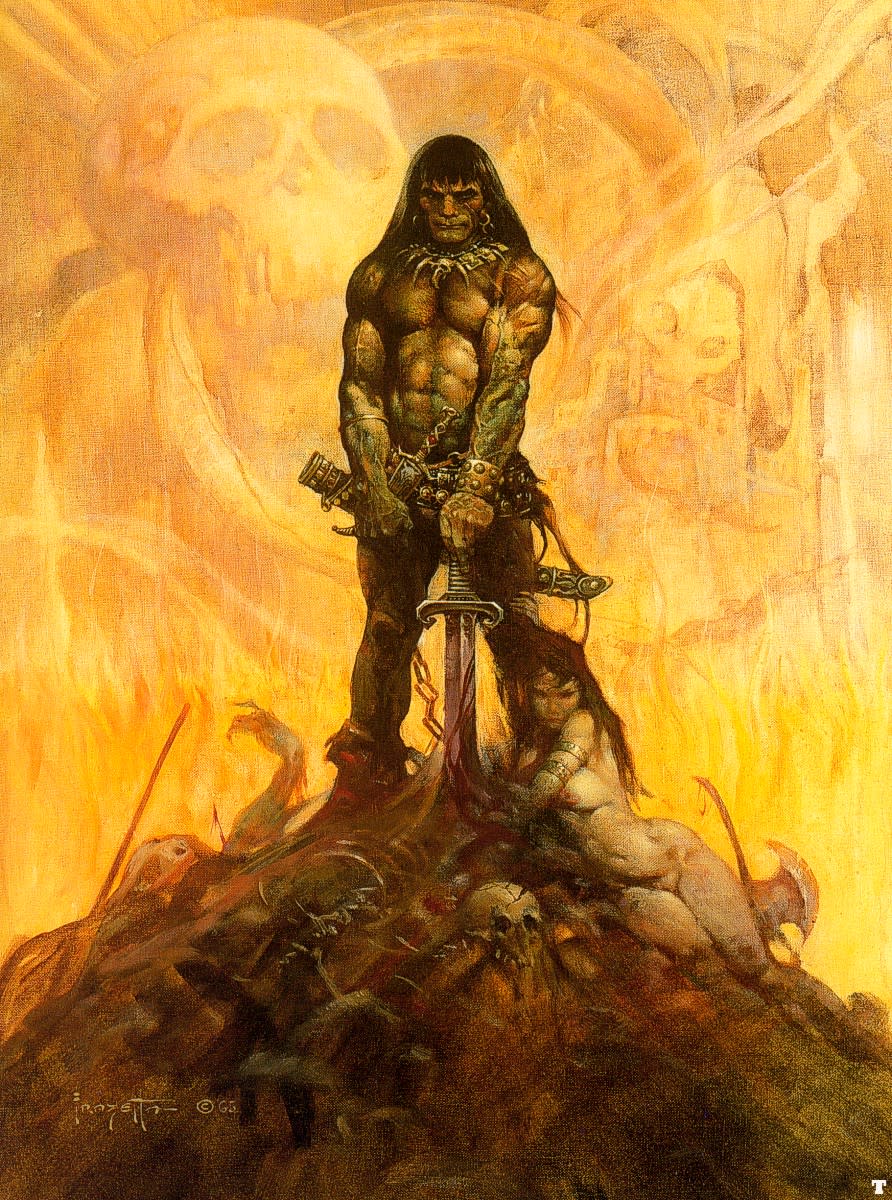Mary Shelley's 'Frankenstein's Monster'
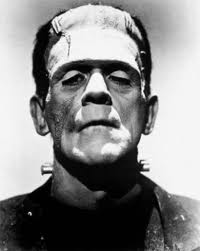
A Look at the treatment of gender and sexuality
Gender representations and sexuality are present in Mary Shelley’s ‘Frankenstein’s Monster’. The gender representations communicate deliberately the frequent inequality between male and female. Although it’s not an outright feminist novel, it’s a powerful statement made by Shelley concerning the difficulties for women and the social expectations placed on them by men. Rather than write an extreme novel and allowing the female characters to be of equal standing to the male characters, she creates her novel to show how things should not be.
Her work distorts the cultural definitions of gender by creating an androgynous creature. The monster has no real gender, despite being created as male. He is deprived of dominance over women, which has been considered a masculine trait, by Viktor who has made the monster too ugly to be accepted into human society and then destroyed his partially made female mate. Viktor’s destruction of the female mate was not the result of a rational mind. He uses highly emotional language, filled with a ‘sensation of madness’ (Viktor, 124) he rips the female monster apart. He truly fears female sexuality. Any woman who is sexually liberated and free to make her own choices in life (as the female monster would) and men appears to Viktor as ugly since she defies the sexual aesthetic that women should be small, unassertive and available only to their husbands. Horrified by the image of uninhibited female sexuality he violently mutilates the monsters female mate. This is because his worries of female sexuality are prevalent to the patriarchal interpretation of gender. Unrestrained female sexuality threatens the foundation of patriarchal power and this is why Viktor destroys the female monster.

The Monster!
The monster has feminine traits, being intensely affected by wildlife and literature. He is also very sensitive to his emotions. The monsters demand for a female companion initially appears to validate the importance of women, however his consequent behaviour suggests that he embodies a more overt form of misogyny. When he explains his reasons for killing William to Viktor, he reveals he was motivated by his hatred of women: “The thought was madness; it stirred the fiend within me—not I, but she shall suffer: the murder I have committed because I am for ever robbed of all that she should give me, she shall atone. The crime had its source in her: be hers the punishment.”(The monster, 106) The monster inhabits a space that is neither masculine nor feminine, although he is clearly created as a male and desires to be in the masculine role. He represents flawed masculinity as an example of a society without women.
The monster, who is unable to emotionally connect with people, appears far more masculine than Viktor. Despite the fact that he is not able to bond emotionally, he radiates confidence and strength. Viktor appears to have one incident that has scarred him from his youth, which is the death of his mother. Viktor was devastated by this saying “I need not describe… the void that presents itself to the soul” (Viktor, 241). Here Viktor is portraying his emotional attachment to people including his mother, which is the opposite of the monster. His fear of facilitating heterosexual reproduction has him constantly “trembling” (Viktor, 128). The only way Viktor can appear to be more powerful than women is by taking the only thing they have separate to men, the ability to reproduce. His fears of female sexual powers are evident in the scene where he dreams of Elizabeth soon after the creation of The Monster In the dream he sees Elizabeth walking the streets of Ingolstadt, he embraces her and kisses her but her “features appeared to change”(Viktor, 36) and he was suddenly holding his death mother. Viktor’s profound experiments haunt him and corrupt his sexual fantasies. Elizabeth represents a sexual offering that originally seems attractive until it turns into feelings of incestuous necrophilia. Confusing his fiancé with his mother shows a dangerous tendency to combine the women he cares about into a loathsome configuration. The tragedy is that all of Viktor’s sexual uncertainties, guilt and his unconscious evil impulses are repressed but then transferred into the monster. A man can only create a monster if trying to make something similar of him. Viktor is unwilling to accept his feminine side and projects his desire to be masculine onto his creation, however the monster still has feminine traits like being deeply moved by the affection he sees in the DeLacy home. When the monster seeks revenge of his ‘father’ Viktor becomes the swooning, irresponsible person he feared he was.
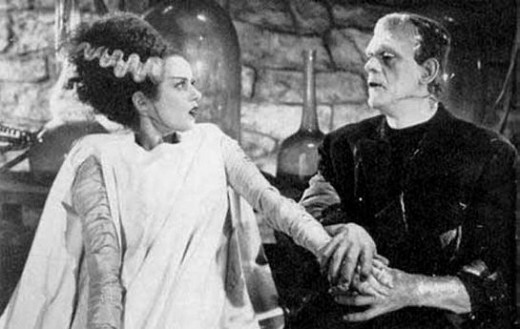
Female Characters
The female characters within the novel are positioned as stereotypical women who exist to revolve around men. This representation of women is Shelley communicating the severe disadvantage of women in relation to men. The women in the novel are ‘silent’, they are represented by three men who ‘narrate’ their stories. Caroline Beauford is an example of such a woman. She is the personification of the womanly figure, being constantly grateful towards Alphonse for saving her from a life of poverty. Justine and Elizabeth are other such figures in the novel, however, both are killed off far before the end of the novel. Justine is easily persuaded into admitting to a crime she didn’t commit. Both these women are killed because of the men they know. By emphasizing the submissive and reactionary traits of all the female characters Shelley is stressing the negative aspects of the female role by killing off the female characters who fit that role. These supposed ‘feminine’ qualities are only what society makes them and Shelley implements a negative demise for these characters emphasizing the negative outcomes of their behaviour thus promoting independence and feminist ideals rather than feminine ‘roles’.
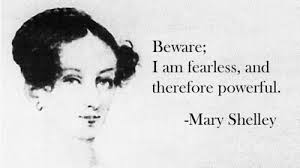
Sexuality and Gender
Throughout the novel there is evidence to suggest that Frankenstein is homosexual, although it is never clearly stated. When he talks about his friend Clerval he says he loved him with a combination of fondness and admiration. Yet he never speaks in such a way about his fiancée Elizabeth and even holds off the marriage to her for as long as possible. Yet it is only when she has died that he appears to desire her; “What I now held in my arms had ceased to be the Elizabeth whom I had loved and cherished” (Viktor, 148). He also uses the word ‘union’ as a replacement for ‘marriage’ which suggests he doesn’t see it as an affectionate, sexual relationship. Viktor Frankenstein makes it clear that he is lonely and longs for companionship. Instead of choosing a woman for company (like most men) he creates a ‘male’ monster. He even admits to wanting him to be attractive saying “I have selected his features as beautiful” (Viktor, 35).
Although the novel is a sexless one it considers the process of procreation, marriage and gender. The way gender is portrayed is never neutral; it’s a highly selected representation that challenges social representations. Shelley is reinforcing the dominant societal views of gender, particularly through her use of characters. The purpose of women is to enable procreation yet in Frankenstein’s Monster they are not even allowed that as Viktor creates man without woman. Viktor takes the power of procreation from women by creating the monster. The female characters are soundless characters that can only speak through the mouths of men. They are stereotypical women that embody nurturing, loving, dutiful qualities which were so sought after at the time. They also die early on because of the men in their lives and to communicate the disadvantage of women in society. Elizabeth represents the threat of sexuality which Viktor fears but she is also the object of forbidden desire being his adopted sister. His mother is also an untouchable and forbidden figure being both his mother and dead. She appears to Viktor as a sexual being and symbolizes his desire and lust for the maternal features he is unable to attain. In his guilt-induced dream all of his sexual anxieties combine. He desires Elizabeth but also sees her as a source of disease (his mother died due to contracting scarlet fever from Elizabeth) and he associates disease and death with sexuality. It is also not hard to see the monster as a form of Viktor’s secret sexuality, “It breathed hard, and a convulsive motion agitated its limbs” (Viktor, 335). He chooses not to create a female companion for the monster in hopes that they don’t reproduce and keep each other company
Robert Walton is even on an expedition to the North Pole which is considered very masculine; conquering unfamiliar land. Both Viktor and The monster have feminine traits, yet the monster is still very much ‘Masculine’ being a misogynist who openly admits to hating women. He also kills Elizabeth, through no fault of her own but because of Viktor’s actions which shows the monster has no concern towards her. Viktor on the other hand, when faced with misfortune faints or falls ill. These reactions, found throughout the novel are considered ‘feminine’ traits. The gender roles and representations of sexuality is a deliberate attempt by Shelley to present a female based theory of creation and to destroy influenced representations of both gender and Sexuality.
Bibliography and Refernces
Bohls, Elizabeth A. Women travel writers and the language of aesthetics, 1716-1818, Cambridge 1995
Davis, Loyd. Virginal Sexuality and Textuality in Victorian Literature, Albany, New york, 1993
Shaw, Debra Benita. Women, Science and Fiction: The Frankenstein Inheritance. Palgrave, 2000
Shelley, Mary Wollstonecraft. Frankenstein: or, the modern Prometheus, London, 1818
Veeder, William R. Mary Shelley and Frankenstein: The Fate of Androgyny, University of Chicago Press, 1988
A story of Creationism
Why 5?
For all of the reasons stated in the hub.....this story is so complex and gender fluid that its highly contemporary, even for now. Apart from the academic point of view, the novel itself is very entertaining. You will find yourself really connecting with the monster, and hoping he can make it, which makes it a wild ride since he then turns into a murderer! A fantastic classic novel that still makes sense today!


